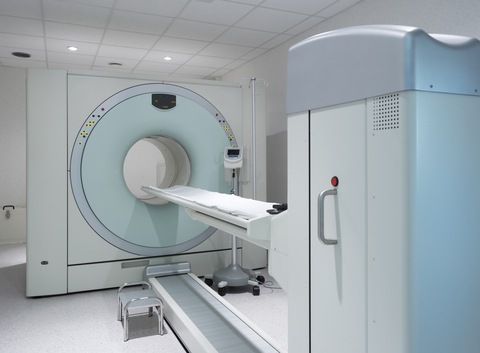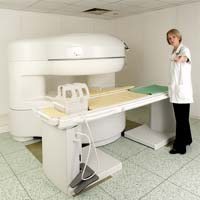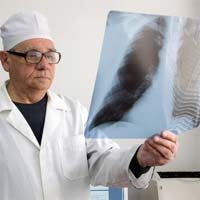Early Detection of Mesothelioma with MicroRNAs
A new study appears to contradict some of what scientists thought they knew about early detection of mesothelioma. Malignant mesothelioma is a rare but highly aggressive cancer. It usually happens because of past asbestos exposure. Early detection of mesothelioma is key to improving survival. But it is notoriously hard to make a mesothelioma diagnosis. Many patients who have mesothelioma do not even know it until the cancer is in its advanced stage. As a result, most do not live more than a year. Some studies have suggested that tiny, non-coding bits of RNA could help doctors detect mesothelioma earlier. But new research in Germany brings that idea into question. Biomarkers for Early Detection of Mesothelioma MicroRNAs (miRNAs) play an important…









